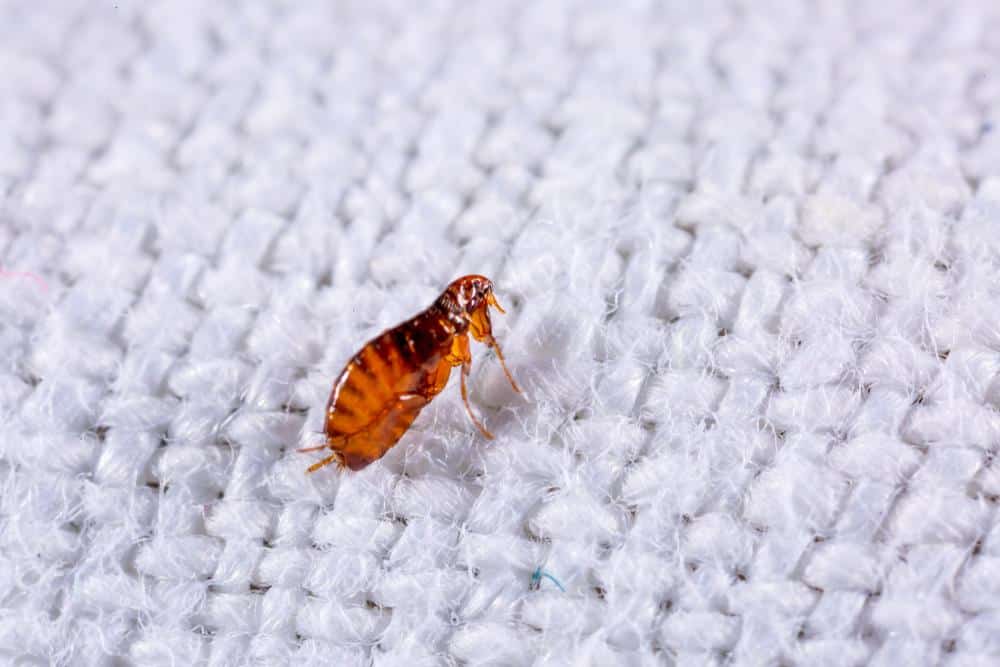
A flea bath is a method used to treat pets, usually cats and dogs, that are suffering from flea infestations. The primary purpose of a flea bath is to eliminate adult fleas on your pet’s body, providing relief from the itching and irritation caused by these pests. This comprehensive guide will walk you through the ins and outs of flea baths, helping you understand what they are, how they work, their benefits, potential risks, and how they compare to other flea treatment methods.
A flea bath is a treatment method for pets, typically cats and dogs, that are infested with fleas. It involves using a flea shampoo or solution with active ingredients designed to kill fleas, their eggs, and larvae on contact. Flea baths help to eliminate adult fleas on your pet’s body, providing relief from the itching and irritation caused by these pests. However, they are a temporary solution and should be used in conjunction with other flea control methods for effective management and prevention of infestations.
Understanding Flea Baths
Flea baths involve the use of a flea shampoo or solution that contains active ingredients designed to kill fleas, their eggs, and larvae on contact. Some common active ingredients found in flea bath solutions include permethrin, pyrethrin, dioctyl sodium sulfosuccinate, undecylenic acid, and others, each with its unique mode of action against fleas.
In addition to these active ingredients, some flea bath solutions may contain soothing agents like oatmeal or aloe to help alleviate skin irritation caused by flea bites. It’s important to note that flea baths are a temporary solution and should be used in conjunction with other flea control methods for effective management and prevention of infestations.
Benefits of Flea Baths
Flea baths offer several benefits for both pets and their owners. They help maintain a clean and healthy coat for your pet, removing dead skin, dirt, and debris. Flea baths also provide effective pest control, preventing infestations and reducing the risk of flea-related diseases. By controlling fleas on your pet, you also reduce the chances of a flea infestation in your home, as fleas can live on furniture, carpets, and other household items. Regular flea baths can also help detect skin irritations, lumps, bumps, and other potential health problems in your pet.
Risks and Side Effects
While flea baths can be beneficial, they also come with potential risks and side effects. Some pets may experience skin irritation and redness, stomach or intestinal problems, muscle tremors, and excessive salivation. In humans, exposure to flea-control products can cause dermatitis and other localized symptoms. If you suspect your pet is experiencing flea product toxicity, it’s recommended to immediately wash your pet with warm water and mild dishwashing liquid, and contact your veterinarian immediately.
Flea Baths vs Other Flea Treatments
Flea baths are a temporary solution for flea infestations and are not as effective as other long-term flea control methods such as oral medications, topical treatments, or flea collars. These newer treatments provide more effective and long-lasting protection against fleas, making them a more reliable choice for pet owners.
Recommended Flea Bath Products
Several brands and products are recommended for flea baths. Some of the top options include Adams Plus Flea & Tick Shampoo with Precor, Vet’s Best Flea and Tick Advanced Strength Dog Shampoo, Zodiac Oatmeal Conditioning Shampoo for Dogs and Puppies, and more.
Preventing Fleas on Dogs
Preventing fleas on dogs involves a combination of regular grooming, limiting outdoor exposure, using flea repellent products, and maintaining a clean home environment. Always consult with your veterinarian to determine the best flea prevention methods for your specific dog.
In conclusion, while flea baths can provide temporary relief from fleas, they are not as effective or long-lasting as other flea treatment methods. It is recommended to choose a proven effective product based on your vet’s recommendation and use it regularly for the best results.
Frequently Asked Questions
How often should I give my pet a flea bath?
The frequency of flea baths depends on the severity of the infestation, your pet’s health, and the recommendation of your vet. As a general rule, it’s best not to overdo it as flea baths can dry out your pet’s skin. Once a month is often enough for preventive care, but in the case of an ongoing infestation, it may be necessary to do it more often.
Can I use human shampoo to give my pet a flea bath?
No, you should not use human shampoo to give your pet a flea bath. Human shampoos are not designed to deal with fleas and can be harsh on your pet’s skin. Always use a pet-specific flea shampoo or solution that is approved by your vet.
Can all pets have a flea bath?
While flea baths are commonly given to dogs and cats, not all pets can or should have a flea bath. For example, rabbits and other small mammals have sensitive skin and may react poorly to flea shampoos. Always consult with your vet before giving any pet a flea bath.
Are flea baths safe for kittens and puppies?
Some flea shampoos are safe for kittens and puppies, but not all. The safety depends on the specific product and the age and health of the pet. Always check the product label and consult with your vet before using a flea bath product on young or small pets.
Do flea baths kill ticks as well?
Some flea bath products are designed to kill both fleas and ticks, but not all. If you need a product that also controls ticks, make sure to choose a product that specifically states it kills ticks on the label.












